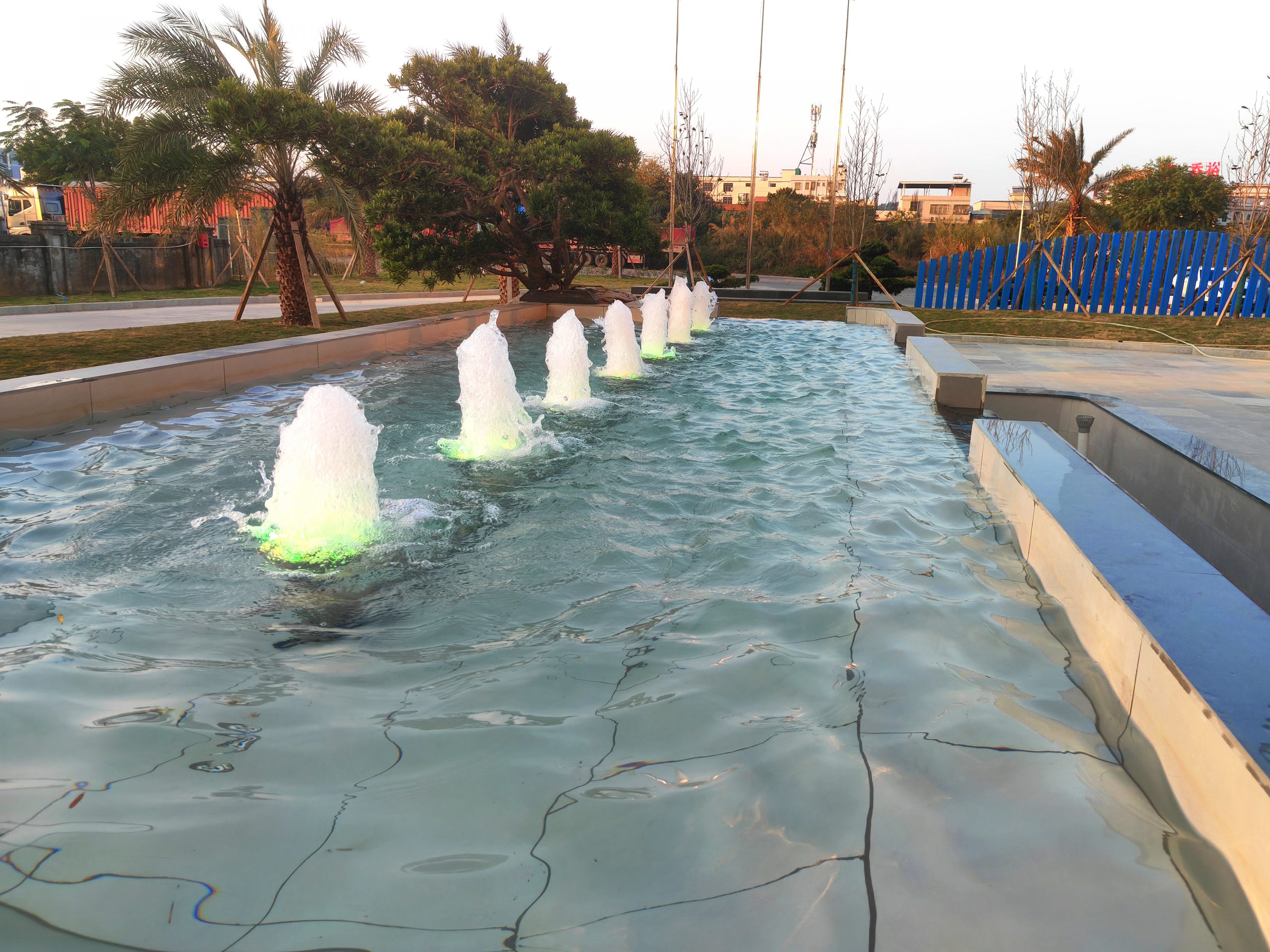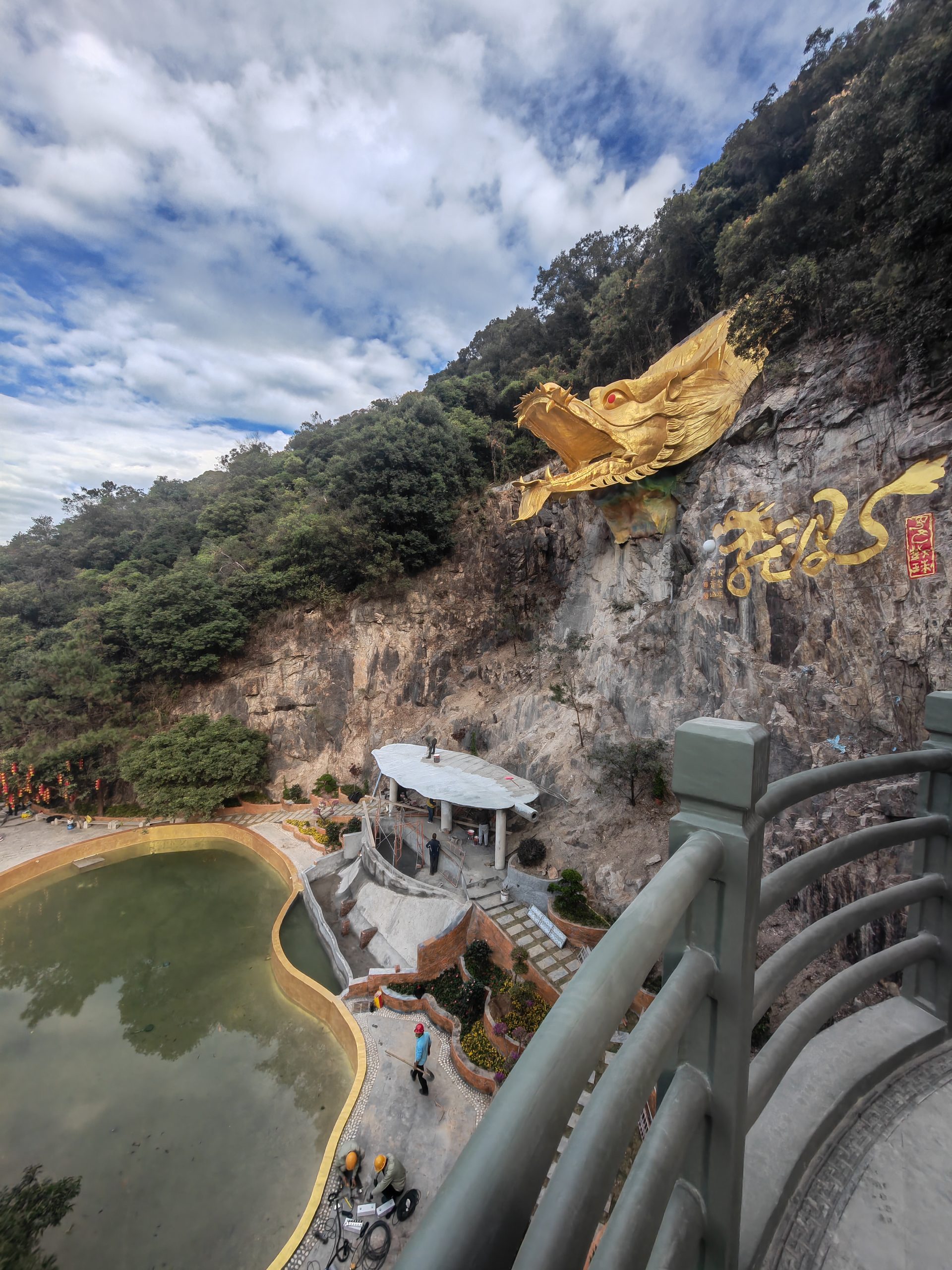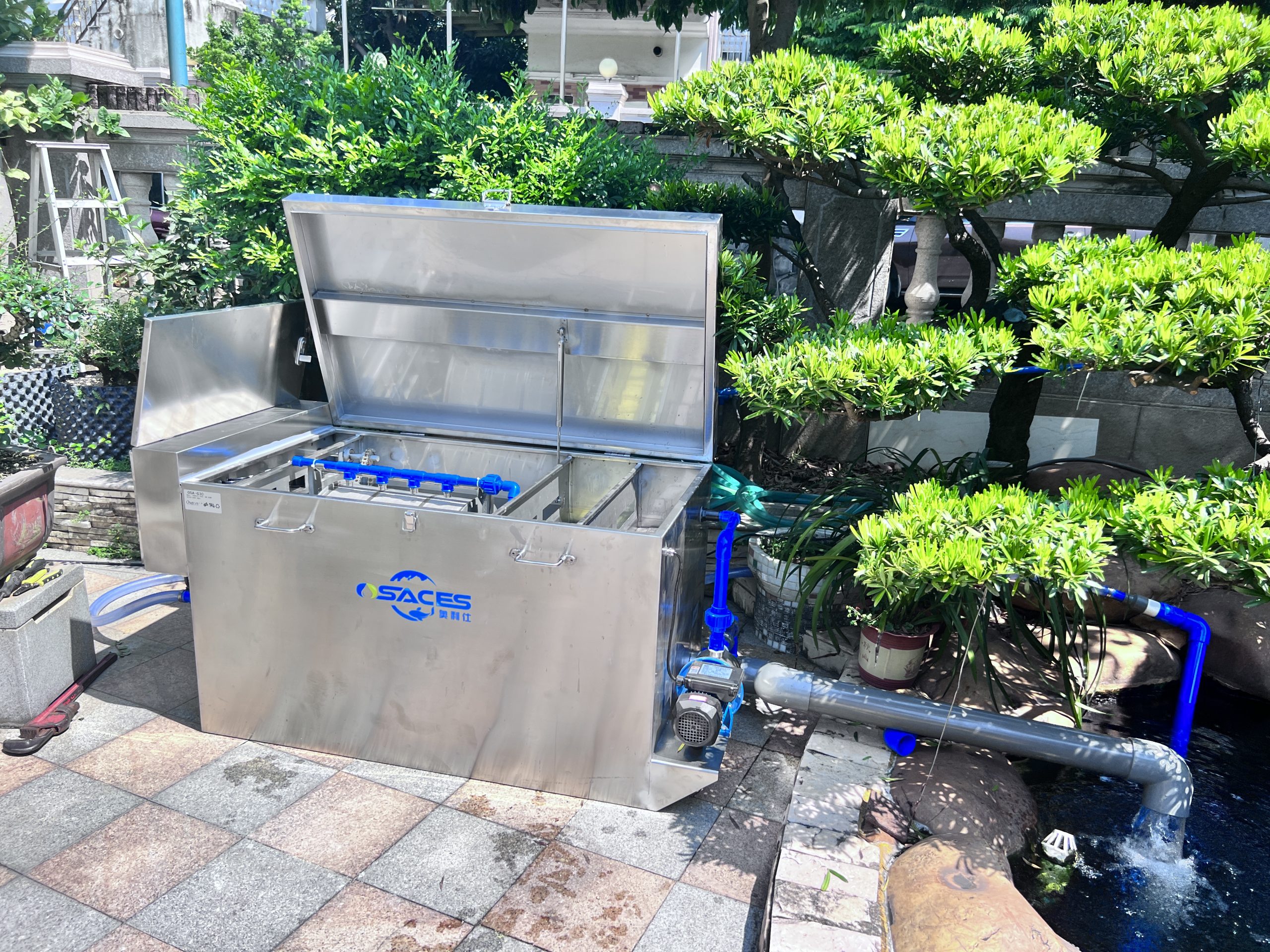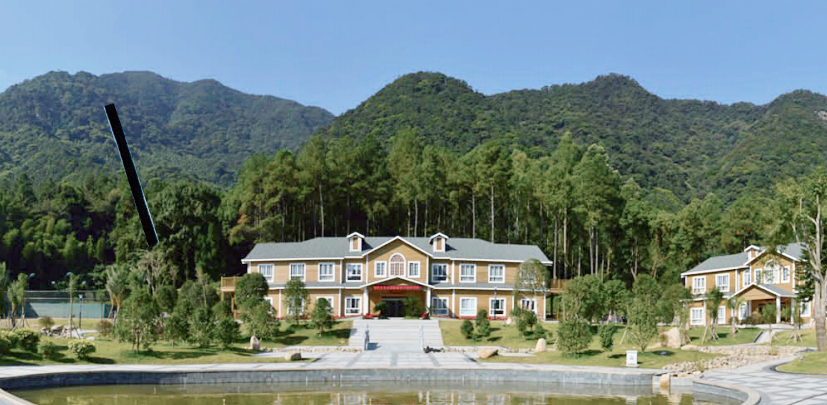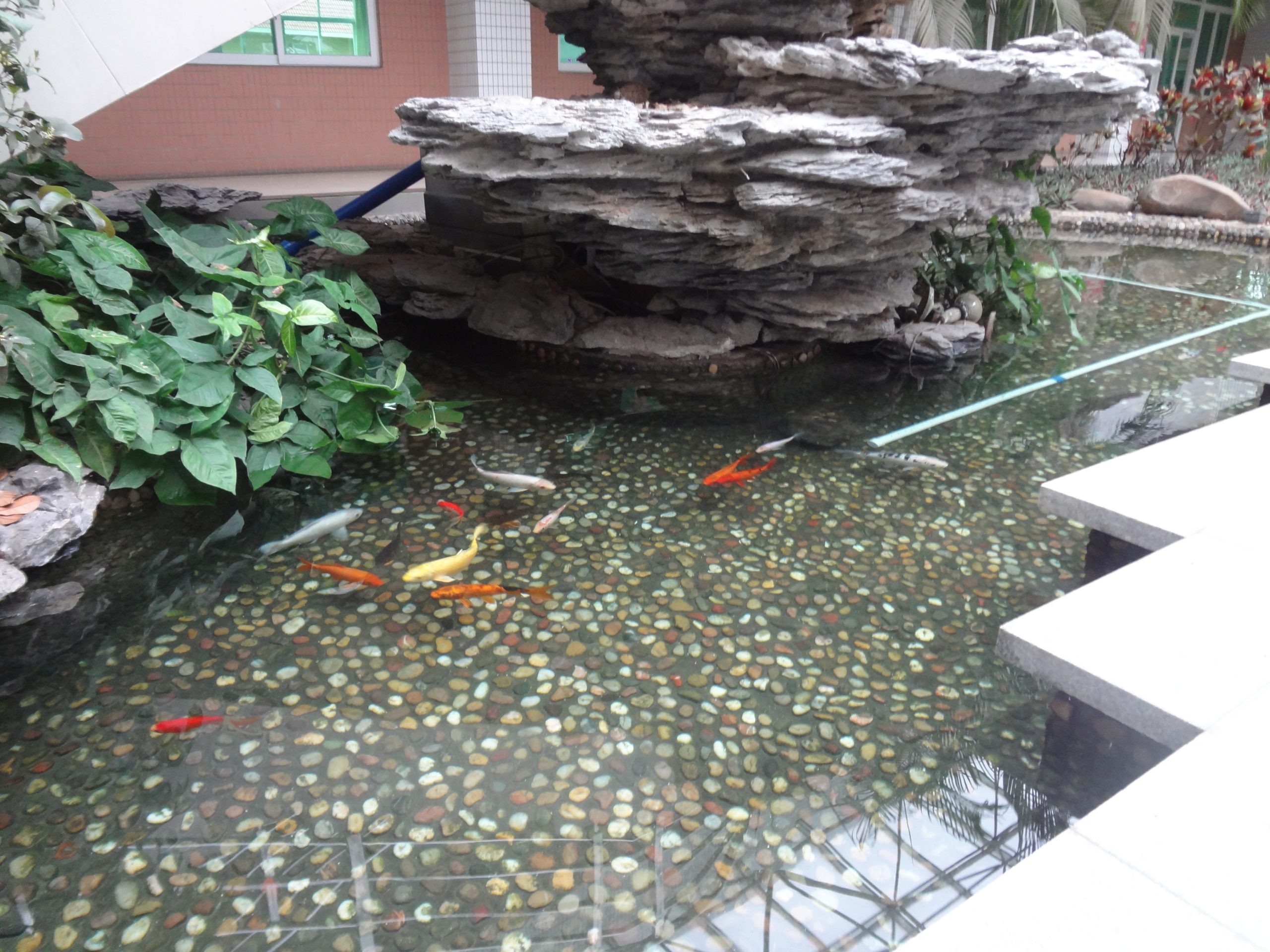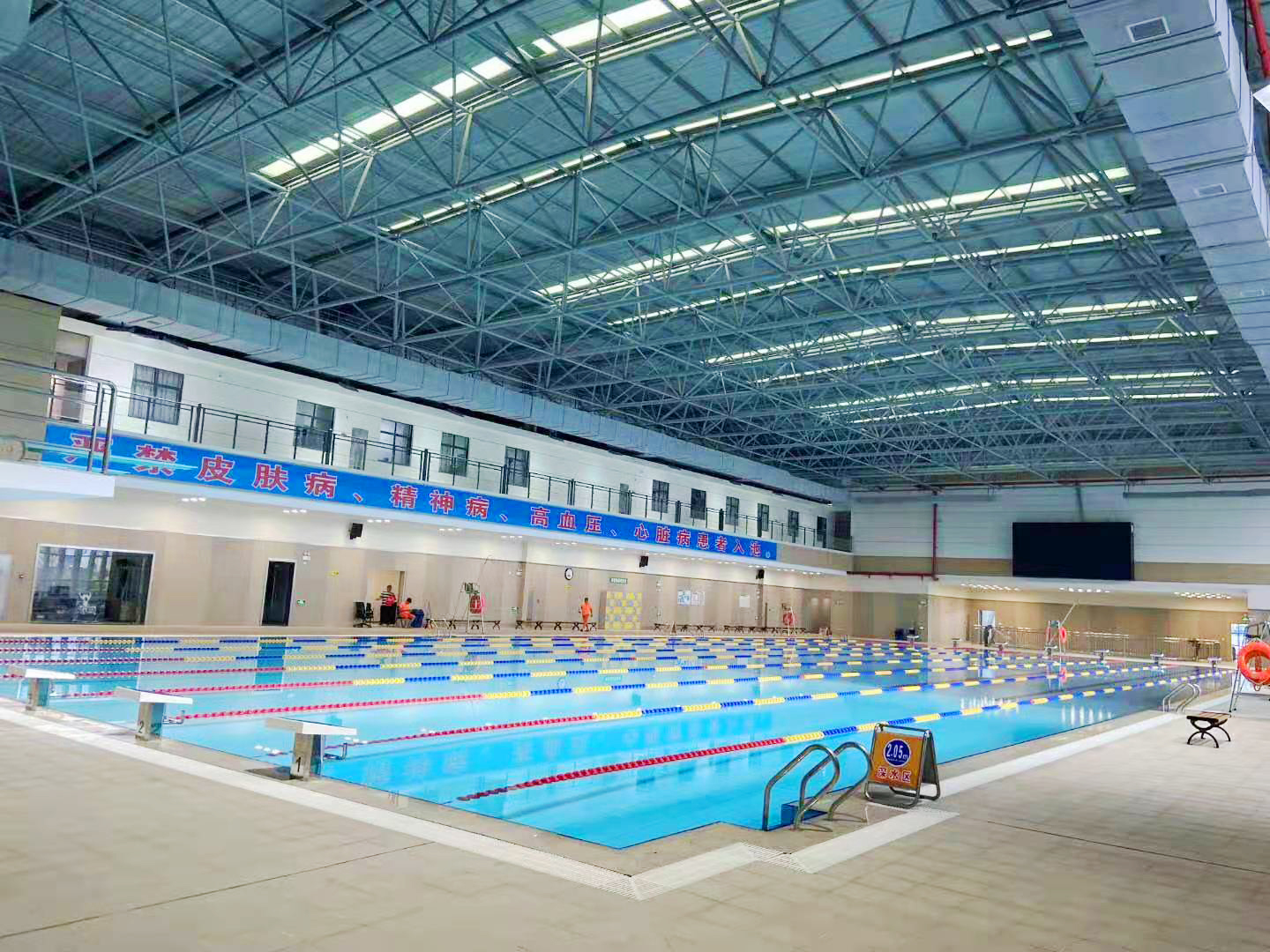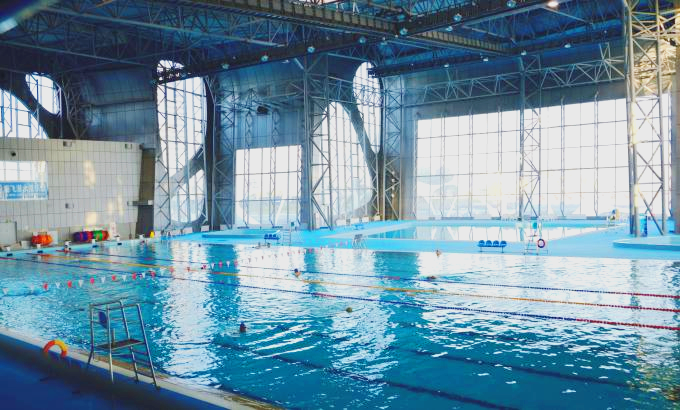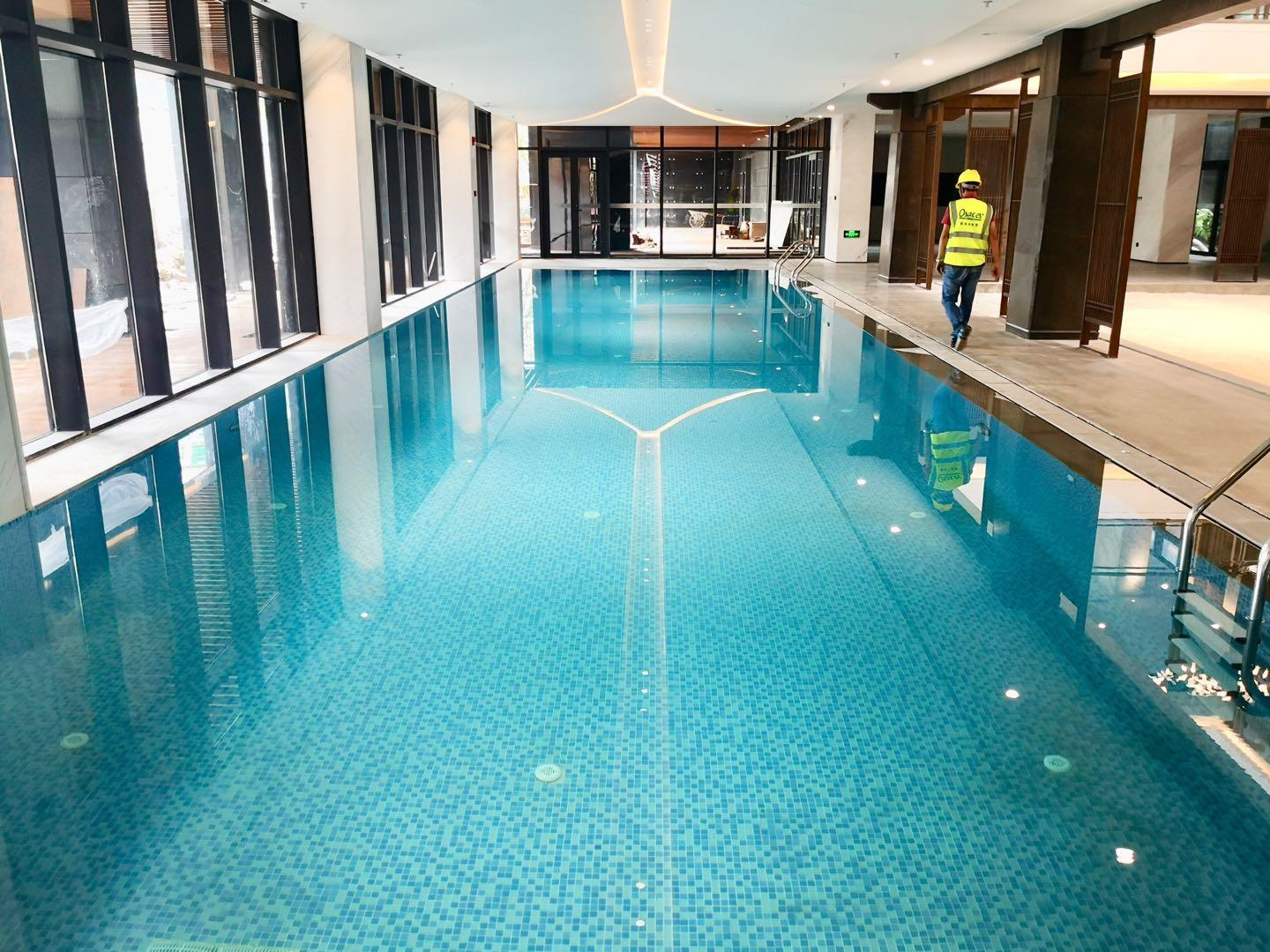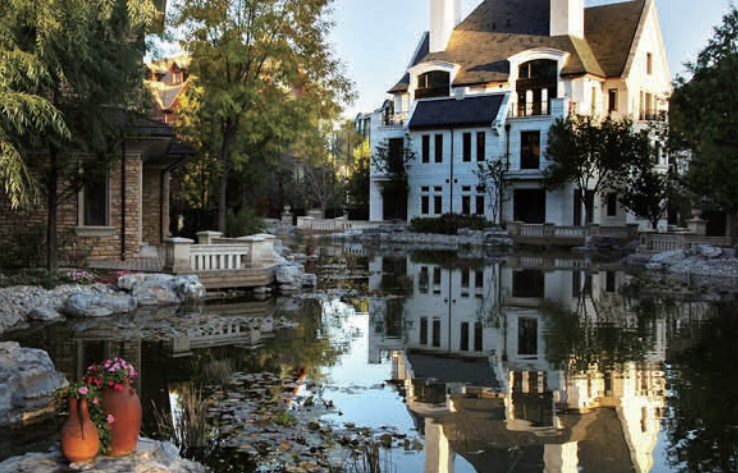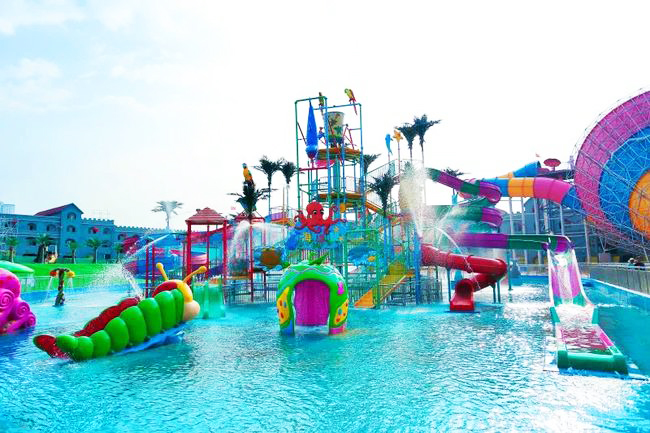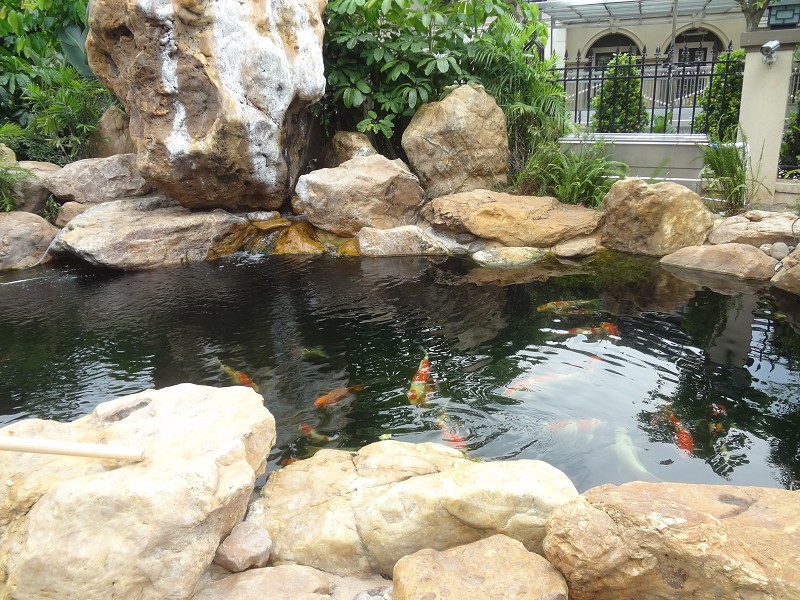common problems
contact details
 Ollies (Guangzhou) Recreation and Sports Equipment Co.
Ollies (Guangzhou) Recreation and Sports Equipment Co.Tel: (020) 82686289
Fax: 020-82694853
Headquarter: No.31-37, Xincun 2 Road, Shangjiang North Street, Dongzhou Village, Xintang Town, Zengcheng City, Guangzhou, Guangdong, China
Swimming pool downflow, countercurrent, mixed water circulation treatment method of difference and advantages and disadvantages
Swimming pool in the design and planning of water circulation is one of the primary issues that must be considered, swimming pool water without water circulation is equal to a pool of stagnant water. Water circulation is the way the swimming pool water and swimming pool back to the pool in the way of continuous flow. In layman's terms, it is to solve the problem of what position from the swimming pool water (i.e., back to the water) and will be purified and treated water from the swimming pool what position into the swimming pool, to achieve both effective removal of floating in the swimming pool water surface dirty surface water, but also minimize the bottom of the pool sediment caused by pollution, which is to choose the swimming pool water circulation method of the main principles.
In the swimming pool water treatment system, water circulation can be divided into downstream, countercurrent, mixed flow three types, but for the first time in the swimming pool industry, swimming pool water circulation may still be relatively unfamiliar, do not understand the difference between these types of water circulation, how to choose. Below is a detailed introduction to the differences and advantages and disadvantages of these common types of swimming pool water circulation.
I. Downflow circulation method:
Downstream refers to all the circulating water of the swimming pool, the pool wall in the swimming pool water supply into the swimming pool, and then located in the bottom of the swimming pool back to the mouth, the circulating pump pumping, sent to the filter to remove impurities in the return water to reduce the turbidity of the return water, and filtered circulating water for swimming pool temperature heating, water balance and pool water disinfection, and then sent back to the swimming pool to continue to use a kind of water flow organization Way. Suitable for most seasonal swimming pools.
Pros:
1. Low structural requirements, fewer openings in the pool body, low cost.
2. Simple piping arrangement, less quantity, no external balancing tank and other redundant equipment, easy management and maintenance, investment is more economical.
3. Overflow water from the overflow ditch is not reused to avoid water pollution caused by spitting into the overflow ditch.
Drawbacks:
1. The water in the lower part of the inlet cannot be circulated effectively. The water flow direction is single, the water distribution is not as uniform as counter-current type, and it is easy to produce stagnant water area which causes algae and produces sticky and slippery bacterial film and other water quality problems.
2. All overflow water from the overflow tank is discharged externally, wasting more water.
3. Pool bottom water absorption negativepush downA large, poorly designed arrangement may cause the human body or hair to be attracted to the return spout, resulting in danger.
4. The surface of the water is generally not full of water type, can not eliminate the water waves generated when swimming, swimming resistance.
II. Counter-current water circulation
Swimming pools or water parks all circulating water through the bottom of the pool in the feeder or feeder tank into the pool, and then located in the pool wall on the outside of the overflow tank to retrieve the use of the corresponding volume of water, treatment and then sent back to the pool to continue to use the flow of water. Applicable to public swimming pools.
Pros:
1. The water distribution is relatively uniform to prevent the phenomena of vortex, short flow and dead water area;
2. Pool surface floatation and impurities can be collected through the overflow tank into the water treatment system, which can effectively purify the pool surface water, suspended substances; more water distribution outlets, less sediment in the pool.
3. Ensure that the water quality (cleanliness, disinfection residual, pH value and water temperature, etc.) in the pool is uniform in different layers and parts of the pool.
Drawbacks:
1. Need to equalize the water tank, the machine room occupies a large area, high investment.
2. High structural requirements and higher construction costs than downflow.
3. The bottom of the pool water distribution construction is more difficult, more pipes than downstream and overflow pipe diameter requirements are greater, construction, installation and maintenance is more difficult.
4. Noise in the overflow tank is large, can be used to overflow tank wall to stay slope, overflow main tube stay vent, or use adjustable overflow port and other ways to reduce noise.
5. There are many pipes and the overflow pipe diameter requirement is large, the construction is more complicated.
III. Mixed-flow water circulation method
The volume of water from pools or large bodies of water 60% to 70% is retrieved via an overflow return port located in the overflow tank on the outside of the pool wall; the volume of water from 30% to 40% is retrieved via a return port at the bottom of the pool.The two parts are combined and treated, and then fed into the pool by the bottom feeder for continued use.That is, the bottom of the pool feeds into the pool and overflows around the pool.Higher construction requirements, suitable for competition pools, specialized pools and aquatic swimming pools.
Pros:
Both have the advantages of countercurrent water circulation, but also has the advantages of downstream pool back to the bottom of the water can rely on water flushing and take away part of the bottom of the pool deposits of dirt. In our country, although the use of few examples, but the effect is good.
Drawbacks:
1. The machine room and countercurrent requirements are the same, covering a large area and high investment.
2. High requirements for civil engineering structures, civil engineering costs are higher than the downstream pool.
3. The return pipe at the bottom of the pool is connected to the suction pipe of the equalization tank and relies on the check valve to prevent backflow, if there is a slight problem with the check valve, it tends to leak into the tank with a high probability, resulting in a large amount of wasted water, and even flooding the machine room.
4. Difficulty in controlling the actual flow distribution between the bottom of the pool and the overflow return water.
5. Noise in the overflow tank is large, can be used to overflow tank wall to stay slope, overflow main tube stay vent, or use adjustable overflow port and other ways to reduce noise.
6. The return spout at the bottom of the pool is the same as the downstream, with the same problem of hair adsorption causing personal injury.
7. Pipeline construction and countercurrent similar, more pipes than downstream and overflow pipe diameter requirements, construction is more complex, but also more than the countercurrent type of a return main to be led to the engine room.
By comparison, the swimming pool water circulation downstream, countercurrent, mixed flow three circulation should be clear, theSwimming pool water treatment system engineers should be based on the pool size, foot traffic and other factors to rationally select the implementation of zui optimal circulation.
Related content
- Homeostatic regulation of fish pond water quality: a systematic solution based on nitrification kinetics and nutrient thresholds
- Koi Pond Maintenance and Protection Guide during the Rainy Season | The Veteran Driver's Handbook of Dampness and Disease Prevention
- Pool water circulation system maintenance guide, goodbye to cloudy water quality to create four seasons of translucent "liquid sapphire".
- From zero to professional: a complete guide to pool equipment configuration that even a beginner can understand
- The Golden Ratio of Swimming Pool Ventilation and Dehumidification Systems: The Balancing Act of Airflow, Humidity and Energy Consumption
- Specific benefits of dehumidifiers for new swimming pools
- Industrial solutions for fish pond water quality management: How to break through the bottleneck of traditional operation and maintenance of filtration systems?

